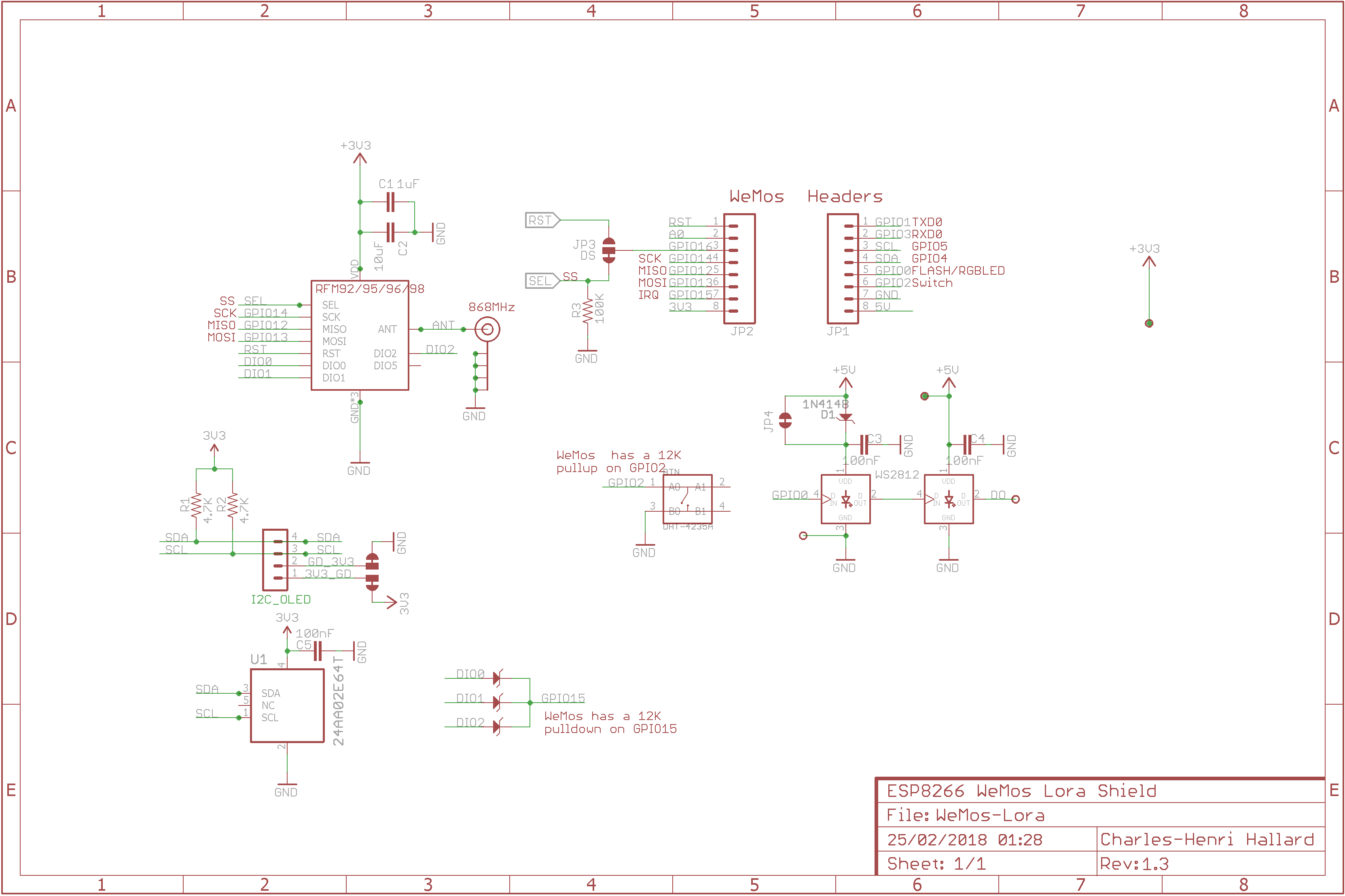This is correct, and also documented here: https://github.com/matthijskooijman/arduino-lmic#dio-pins
Perhaps there is something still unclear in that documentation? Or did you perhaps miss it?
In any case, DIO0 is mandatory, and at least DIO1 (for LoRa mode) and/or DIO2 (for FSK mode) should also be used (when in doubt, connect all three). I think there should have been a assertion failure at runtime if you specify both DIO1 and DIO2 as LMIC_UNUSED_PIN, but perhaps I messed that up (I don't think I specifically tested that part).


 I did some Logic Analyzing on the SPI and DIO0 / DIO1 signals. As you can see it has to be rising edge for the interrupt. The DIO1 picture is the same. After DIO0 is high, you can see the polling of the registers on the SPI channel (CS/NSS low)
I did some Logic Analyzing on the SPI and DIO0 / DIO1 signals. As you can see it has to be rising edge for the interrupt. The DIO1 picture is the same. After DIO0 is high, you can see the polling of the registers on the SPI channel (CS/NSS low)
const lmic_pinmap lmic_pins = { .nss = 4, .rxtx = LMIC_UNUSED_PIN, .rst = LMIC_UNUSED_PIN, .dio = {2, LMIC_UNUSED_PIN, LMIC_UNUSED_PIN}, };
won't work on Moteino Mega LORA: Sketch keeps rebooting with printing "Starting" endless. If one of DIO1 or DIO2 gets a pin assigned (doesn't matter if connected or not) sketch gets in queued state after multiple lines with "Starting" but won't get to EV_TXCOMPLETE. Will test tomorrow if there is a difference if the pins are connected -older "testing" works fine with all pins connected and defined